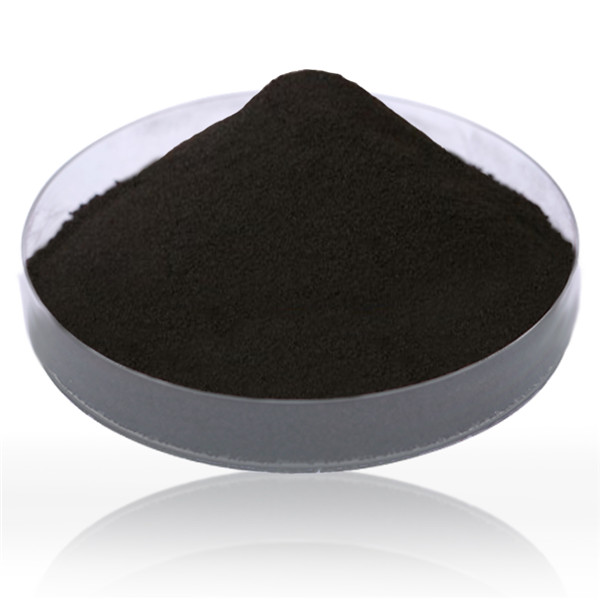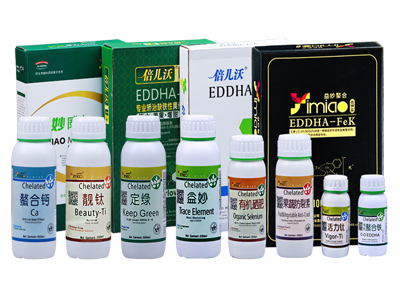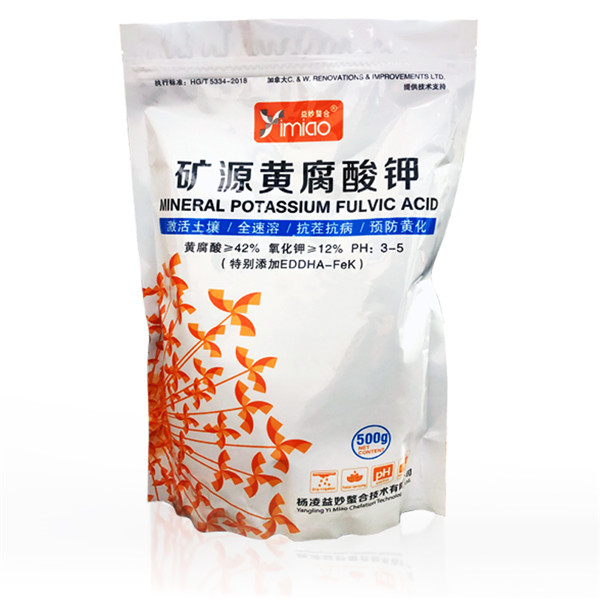豆类作物需要钼.多,其次是十字花科和柑桔属作物,非豆科作物需钼.少。作物吸收进体内的硝酸根必需还原成氨才能合成蛋白质,而钼是硝酸还原酶的成分;同时豆科作物根瘤在固定空气中的氮素时是一种含钼的固氮酶的作用。根据试验表明,供应适量钼能提高固氮量。钼与锰、铜、锌等有拮抗作用,因而能减少土壤中这些元素过多而引起的植株失绿病。钼还有增进光合作用强度的作用,据北京师大的试验,小麦施钼肥后,总光合强度比不施的增加10-40%。

Legume crops need the most molybdenum, followed by Cruciferae and citrus crops, and non legume crops need the least molybdenum. The nitrate absorbed by crops must be reduced to ammonia in order to synthesize protein, and molybdenum is the component of nitrate reductase; at the same time, legume root nodules are a kind of nitrogen fixing enzyme containing molybdenum when fixing nitrogen in the air. According to the experiment, the supply of appropriate amount of molybdenum can improve the amount of nitrogen fixation. Molybdenum has antagonistic effect with manganese, copper and zinc, so it can reduce plant chlorosis caused by excessive elements in soil. According to the experiment of Beijing Normal University, the total photosynthetic intensity of wheat increased by 10-40% after applying molybdenum fertilizer.
作物缺钼的症状,通常表现在叶片上,一般是叶缘枯焦扭曲或扭转,叶狭小,有时出现鞭状叶,叶脉间缺绿。
The symptoms of molybdenum deficiency in crops are usually manifested in the leaves, which are usually withered, twisted or twisted, narrow and small leaves, sometimes flagellate leaves, and green deficiency between veins.



 当前位置:
当前位置:


 热门推荐
热门推荐





 推荐新闻
推荐新闻
 在线留言
在线留言 详情内容
详情内容 
